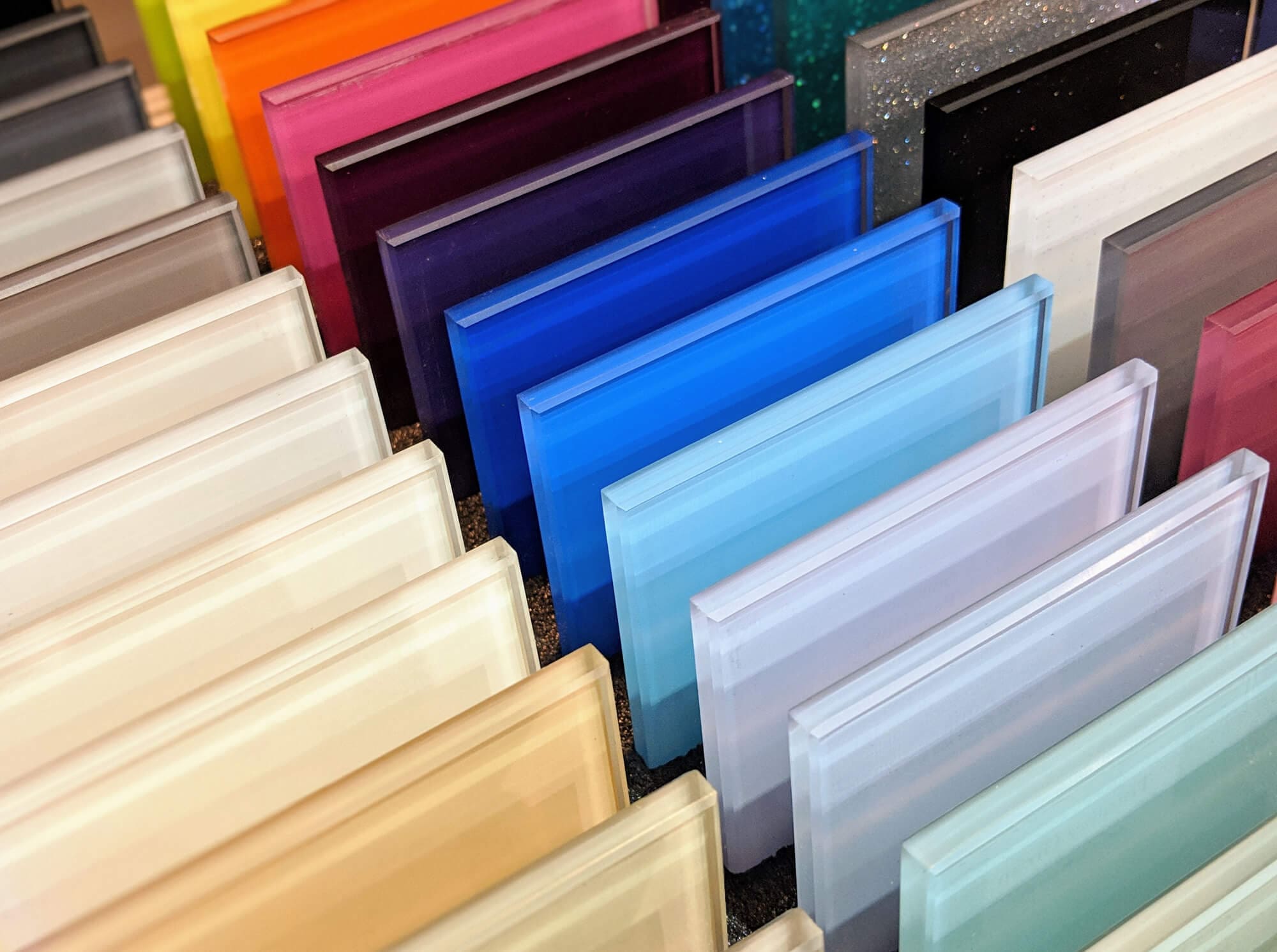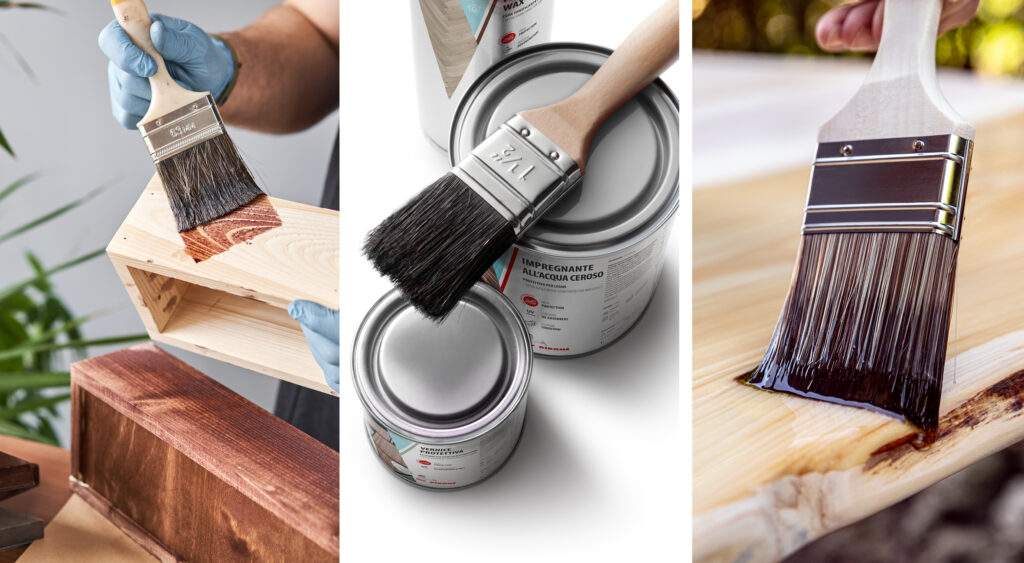Coatings can be applied to different types of materials, such as wood, metal, plastic, PVC and glass; their formulations, consequently, take into account the type of application to define the properties and functions of the final product.
Wood paints, for example, are especially designed to protect this precious and delicate material, while offering aesthetic improvements at the same time.
The formulation behind the glass paints, on the other hand, will take a completely different path because it will try to preserve the transparency of the material: what are then the characteristics that define these products and how are they applied?
In fact, there is no single type of paints for glass, as they can be solvent-based or water-based.
Solvent-based glass paints are easier to apply and allow for brighter colors, but are slower to dry and have a very strong odor, requiring precautions when applied indoors.
Water-based paints for glass, on the other hand, are odorless and quick to dry, and have excellent resistance to damage and atmospheric agents that make them also applicable to window and door glass; on the other hand, they require more attention during application to prevent bubbles from forming on the surface.
The drying process can take place cold, simply giving the paint layer time to dry, or hot, using heat to fix the color; clearly this path requires either the use of special ovens or limits this option to small glass objects made by do-it-yourself enthusiasts.
Glass paints can also offer different types of aesthetic effects, such as lacquered, metallized, sandblasted or mother of pearl.
Once you have chosen the product according to your needs, you can move on to the application. After cleaning the surface (generally with denatured alcohol), the paint can be applied with a roller, veil, brush or spray gun.
The glass can be painted in its entirety or by decorating only some sections: if you want to apply a drawing it is useful to transpose it on a sheet of paper or use a stencil, and then delimit the outline with lead in tube or colors in relief, so as to make the more precise the application.
For 70 years, ICRO has been offering cutting-edge paint products for professionals and beginners: discover our entire catalog and contact our technical assistance immediately for more information.



